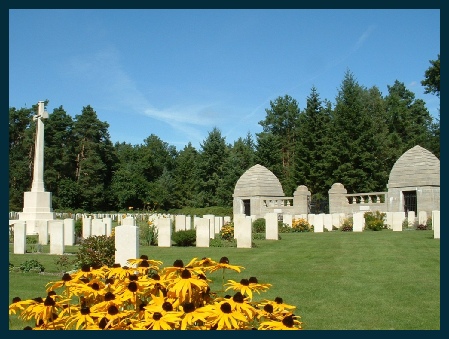Copyright © All rights reserved.



Harry Smith
Harry Smith was born in the second quarter of 1896 and his birth registered in the Malton area. He was the second son of Lancelot and Jane (nee Watson) who were married in the Malton area in the last quarter of 1884.
In 1901 the Smiths lived at 46 Town Street, Old Malton.
1901 census – resident at 46 Town Street Old Malton
SMITH, Lancelot, Head, Married, M, 39, Horseman On Farm, Pickering Yorkshire,
SMITH, Jane, Wife, Married, F, 40, , Malton Yorkshire,
SMITH, Maud, Daughter, , F, 11, , Malton Yorkshire,
SMITH, Harry, Son, , M, 4, , Malton Yorkshire,
They were still at the same address in 1911 though the children were by then all working.
1911 census – resident at 46 Town Street Old Malton
SMITH, Lancelot, Head, Married, M, 49, Labour General, Yorks Pickering, ,
SMITH, Jane, Wife, Married 26 years, F, 50, , Yorks Old Malton, ,
SMITH, William, Son, Single, M, 25, Labour General, Yorks Old Malton, ,
SMITH, Maud, Daughter, Single, F, 21, Dressmaker, Yorks Old Malton, ,
SMITH, Harry, Son, Single, M, 14, Errand Boy, Yorks Old Malton, ,
Like so many other youngsters, Harry enlisted in the 5th Battalion of the Yorkshire Regiment, the local Territorial unit and was sent to the Western Front. We do not know when he was called up but he was not in the original group of men from the 5th Battalion who left Malton on the outbreak of war.
At the beginning of 1917 the 5th Battalion was holding the support line near Albert. When, at the end of the month, the Germans withdrew to the Hindenburg Line they moved south to the French sector at Berny en Santerre , where they remained through most of February and the first half of March, sustaining several casualties.
Between the end of March and the second week of April the Battalion made its way by a series of marches north to Arras where they stayed in caves at Ronville, Arras, before moving into the Front line on the River Cojeul between the villages of Heninel and Wancourt, villages that had only just been captured from the Germans.
On 23rd April active operations began at 4.45 am when the Battalion moved up in support to the 4th Battalion of the East Yorkshires, who were attacking. Reinforcements were supplied during the advance, and the whole battalion was brought up to meet the counter attack, which had succeeded in forcing back British troops to their original front line.
Here the Battalion held the line until 6.0 pm, when a second attack was launched in conjunction with 2 Battalions of the 151st Bde. This attack was successful and the line gained was held all night. Casualties were high with 19 killed, 123 wounded and 57 missing.
Among the missing was Harry who was taken prisoner, like his near neighbour from Malton, George Horner. However, while George returned home disabled and in receipt of a pension, Harry did not. His prison records, show that he was first taken to the German rear echelon headquarters at Douai. From there he seems to have gone to Limburg Prisoner of War camp, possibly via Lille, leaving there in June for transfer to Dülmen, where he arrived on 29th June. He remained there until 12th October when he was sent to Heilsberg in Eastern Prussia (now part of Poland) Here he remained until his death on 3rd July 1918. He was buried in Heilsberg Prisoners of War Cemetery which contained the graves of 50 soldiers and one Marine from the United Kingdom, who died in 1917 and 1918. Only twelve of these men were found when the graves were being recovered; the remainder are still buried at Heilsberg. In 1922-
Harry is commemorated on both Old Malton War memorials and on his father’s grave in Old Malton Cemetery.

